38 four types of precautionary statements used on labels
› sites › defaultHazard Communication Training - Occupational Safety and ... Signals Words: Danger Caution Warning Secondary labelling “Always read the label before you move, handle, or open a chemical container” Sample Label WD-40 CAS No’s 8052-41-3, 68476-85-7, 64742-65-0 EYES Contact with eyes may cause irritation, tearing, and redness SKIN Prolonged contact with the skin may cause drying or irritation of the ... › images › ProductsLabel-Taurus SC 53883-279 MASTER 11-4-11 3 - ePestControl.com construction types are encountered, it may be advisable to use either 0.09% or 0.125% concentration. Apply the higher concentration at a rate of 4 gallons of solution per 10 linear feet per foot of depth. For example, for treatment of 10 linear feet with a four-foot depth, use 16 (4 x 4) gallons per 10 linear feet.
› system › filesClassifying hazardous chemicals National guide The GHS is a system of consistent information and terms used to classify and communicate chemical hazards on labels and in SDS. The primary aim of the GHS is to protect human health and the environment. It has been developed through co-operation between the United Nations, the International Labour Office (ILO) and the Organisation for Economic Co-
Four types of precautionary statements used on labels
› business-guidance › precautionaryPrecautionary allergen labelling | Food Standards Agency Aug 17, 2021 · When precautionary allergen labelling should not be used. Precautionary allergen labelling should not be used in combination with a free-from statement for the same allergen. A food cannot carry both labels e.g. “free-from gluten” and “may contain gluten.” PAL should not be used as a substitute for good food hygiene and safety practices. › sites › defaultChemical Hazard Classification and Labeling: Comparison of ... 5. GHS “hazard statements” are simple statements of hazard, a subset of what OPP calls “precautionary statements.” GHS does not specify any precautionary statements (e.g., first aid, personal protective equipment) beyond hazard statements. There are plans for future work to harmonize additional precautionary language at the international › sites › defaultBRIEF - Occupational Safety and Health Administration category Types C, D, E or F, three of the four precautionary statements for prevention are: • “Keep away from heat/sparks/open flame/hot surfaces. - No Smoking.”; • “Keep/Store away from clothing/…/ combustible materials”; • “Keep only in original container.” These three precautionary statements
Four types of precautionary statements used on labels. › pesticide-labels › pesticide-labelingPesticide Labeling Questions & Answers | US EPA Oct 14, 2021 · Many companies choose to use that format to organize the precautionary information provided to the user. The precautionary statements required on a label are specified in Subparts D and E of 40 CFR Part 156. Further, EPA may require product specific precautionary label statements on a case-by-case basis through the registration process. › sites › defaultBRIEF - Occupational Safety and Health Administration category Types C, D, E or F, three of the four precautionary statements for prevention are: • “Keep away from heat/sparks/open flame/hot surfaces. - No Smoking.”; • “Keep/Store away from clothing/…/ combustible materials”; • “Keep only in original container.” These three precautionary statements › sites › defaultChemical Hazard Classification and Labeling: Comparison of ... 5. GHS “hazard statements” are simple statements of hazard, a subset of what OPP calls “precautionary statements.” GHS does not specify any precautionary statements (e.g., first aid, personal protective equipment) beyond hazard statements. There are plans for future work to harmonize additional precautionary language at the international › business-guidance › precautionaryPrecautionary allergen labelling | Food Standards Agency Aug 17, 2021 · When precautionary allergen labelling should not be used. Precautionary allergen labelling should not be used in combination with a free-from statement for the same allergen. A food cannot carry both labels e.g. “free-from gluten” and “may contain gluten.” PAL should not be used as a substitute for good food hygiene and safety practices.

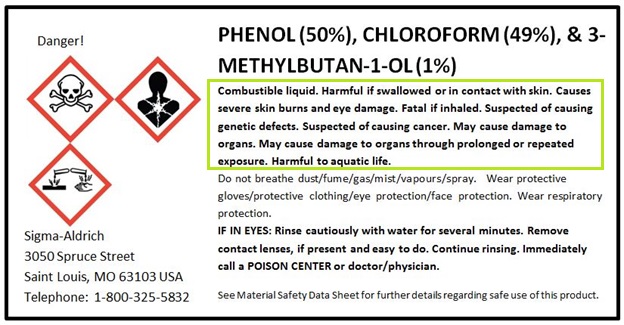

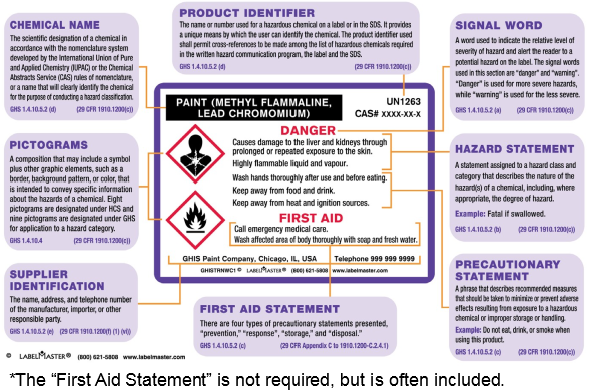
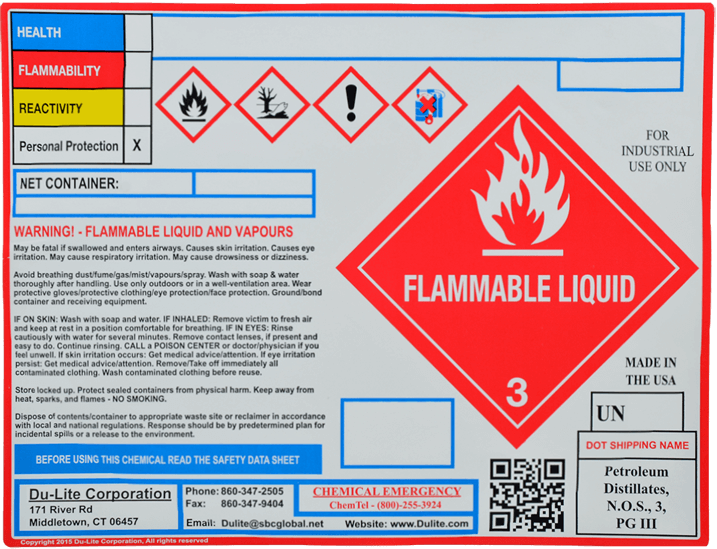
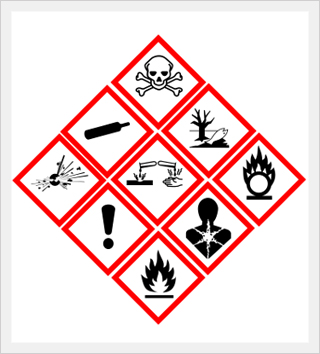
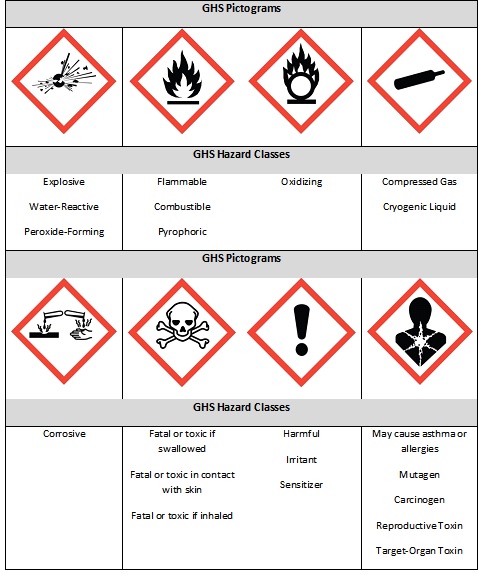
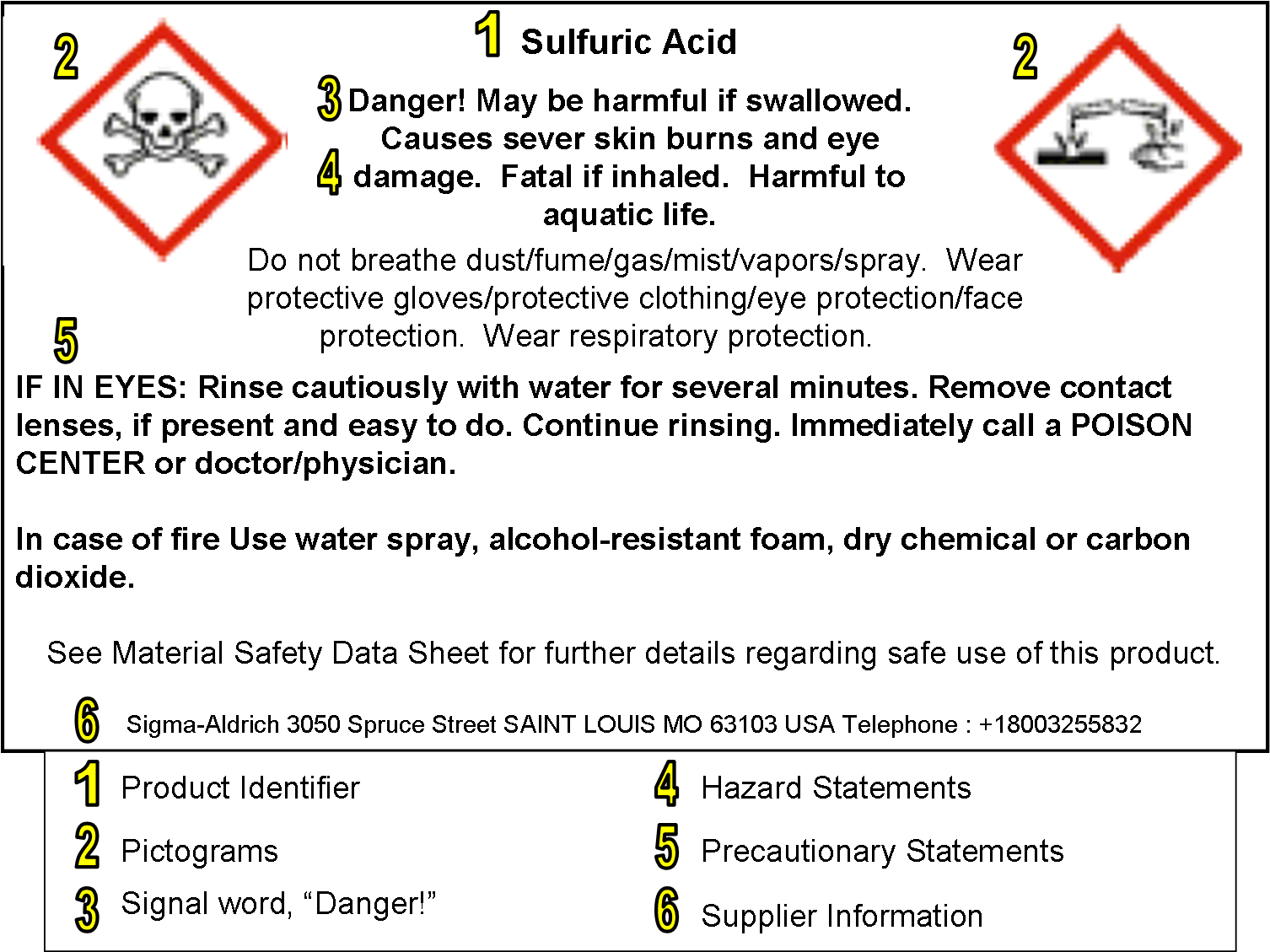
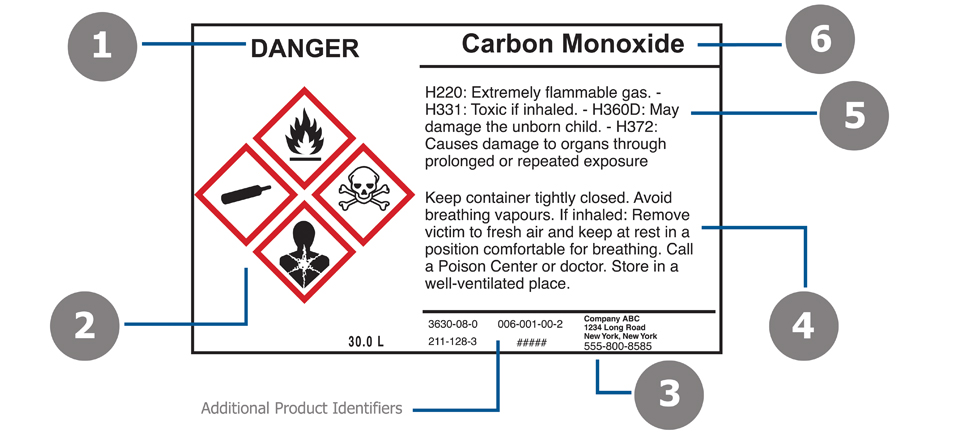


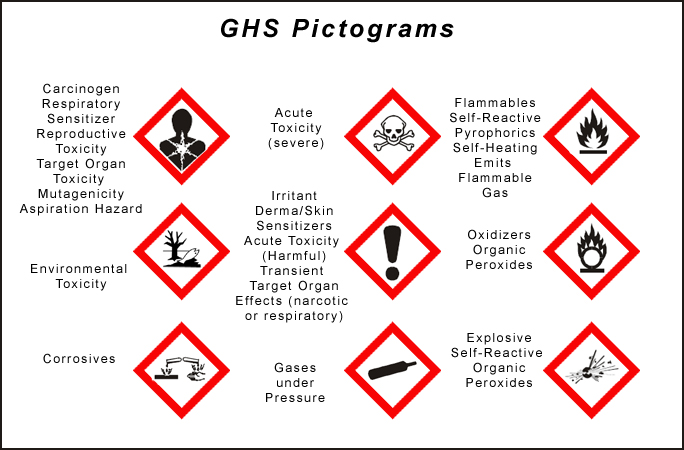

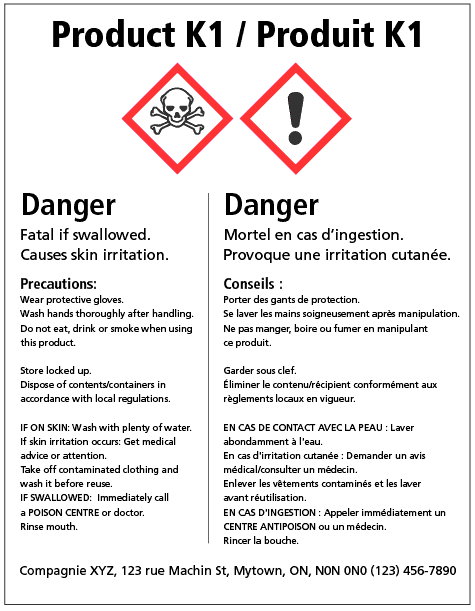


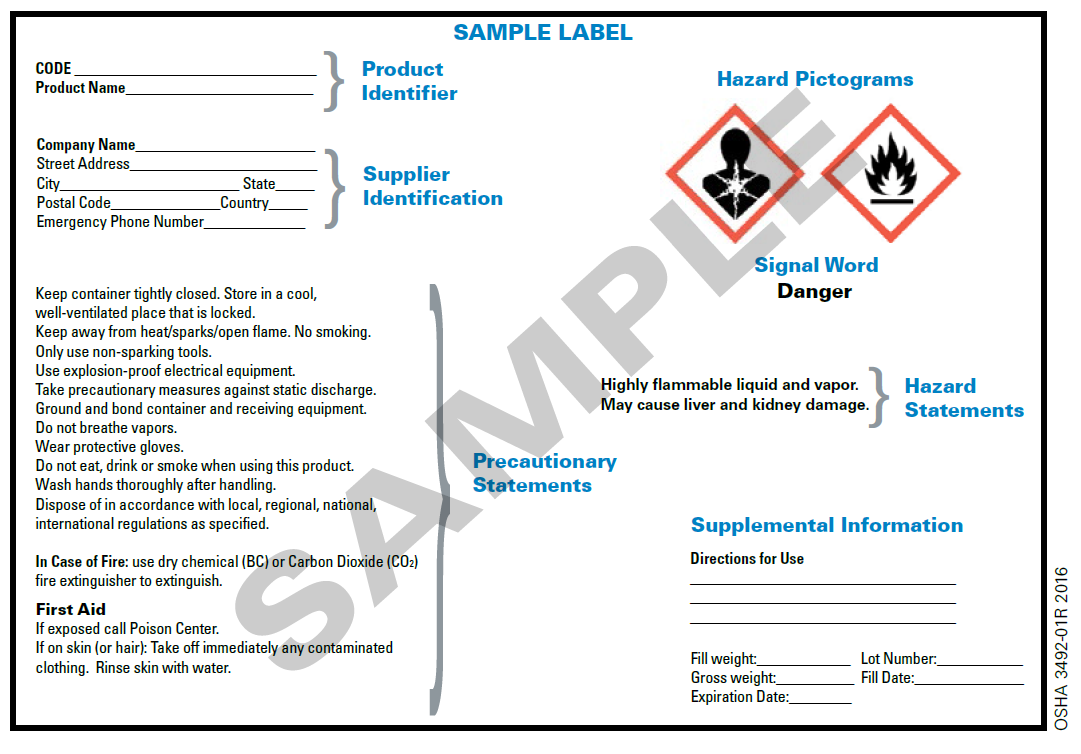


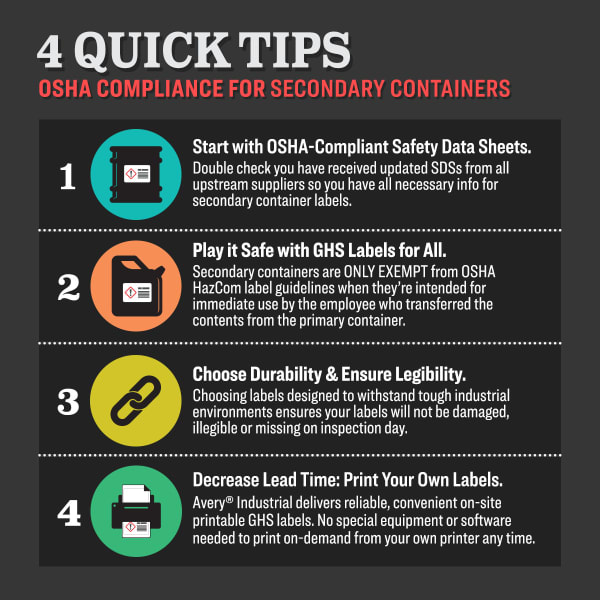

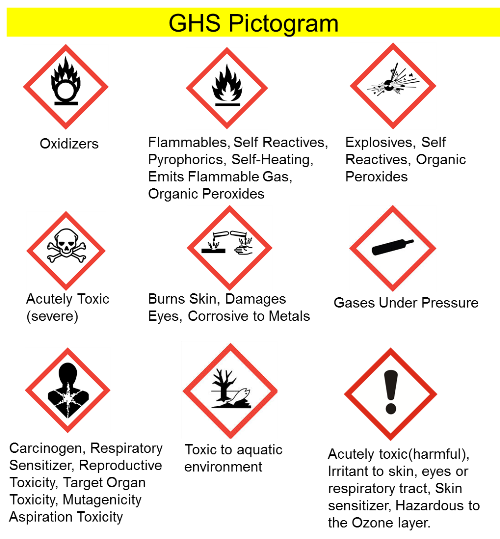
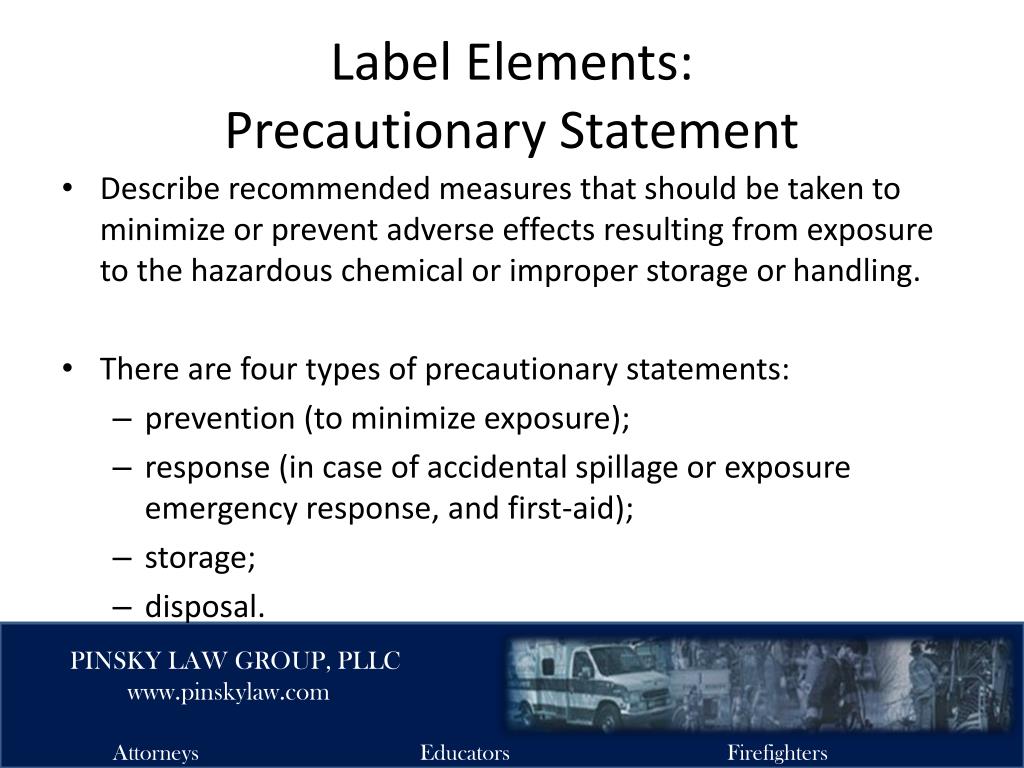
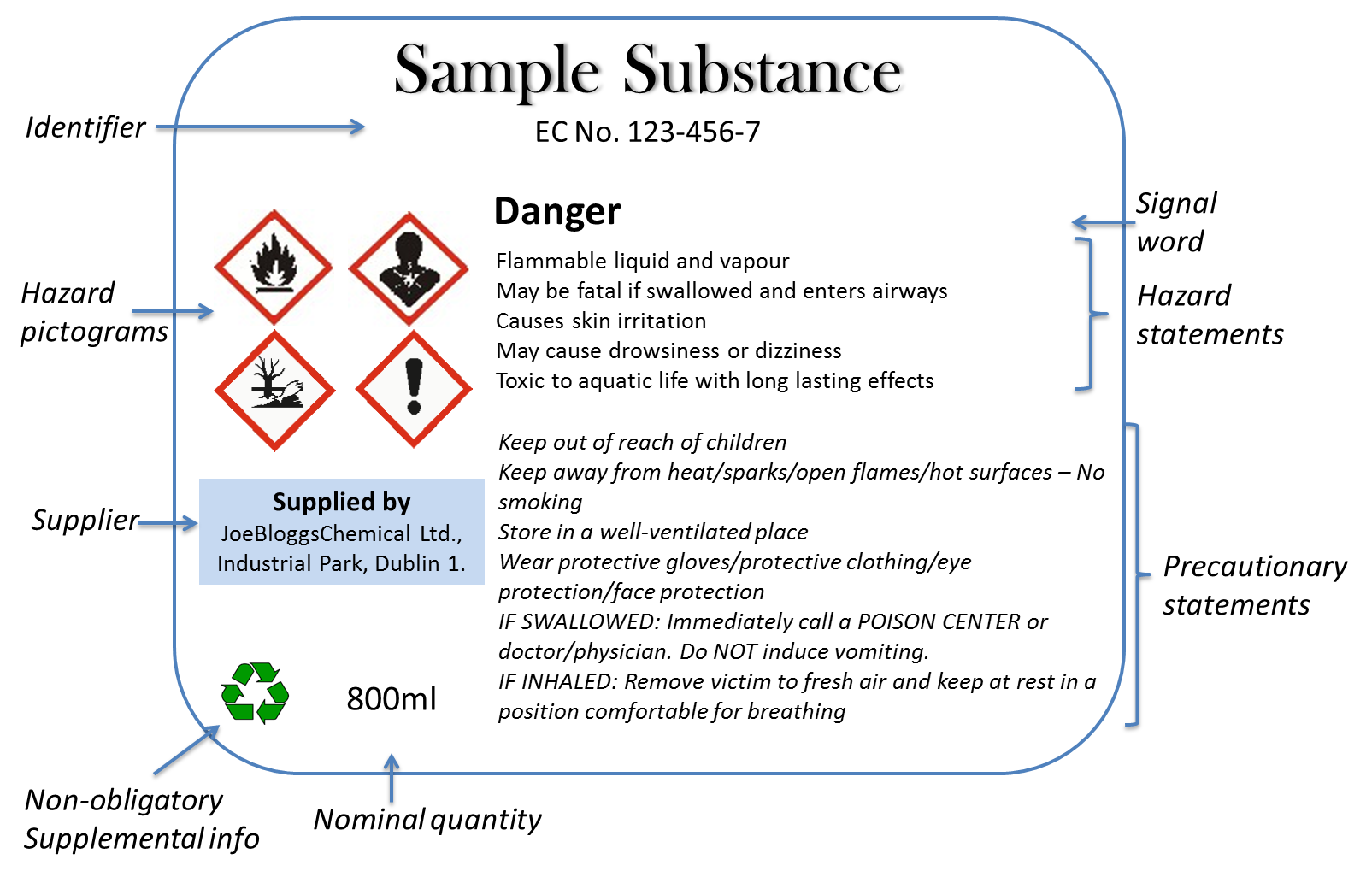


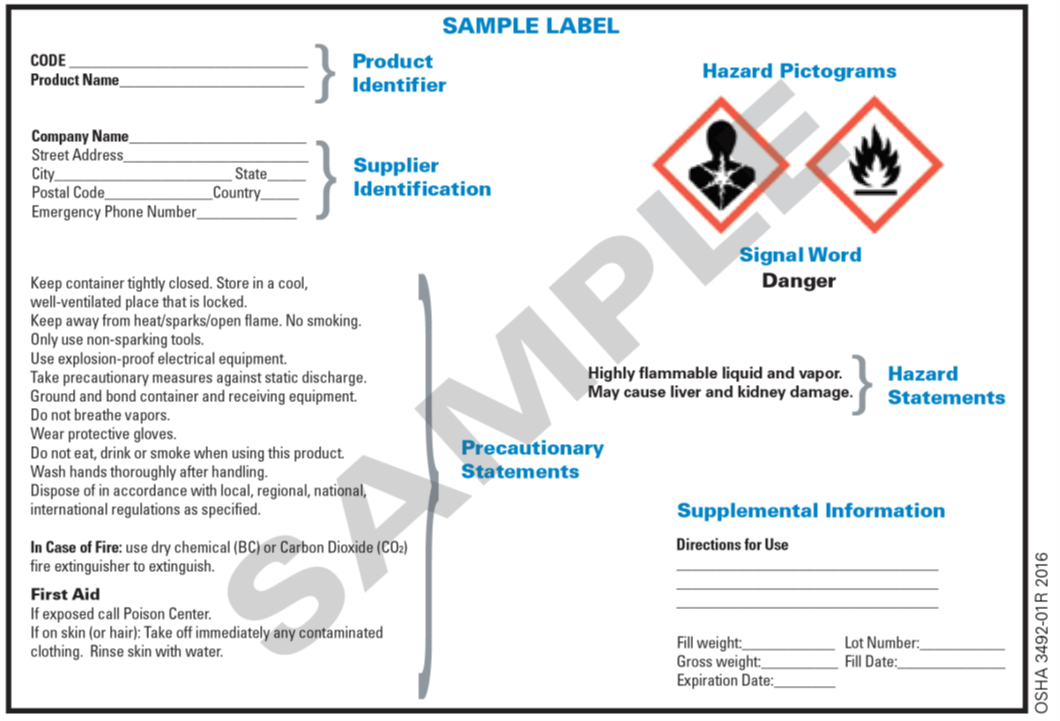

Post a Comment for "38 four types of precautionary statements used on labels"